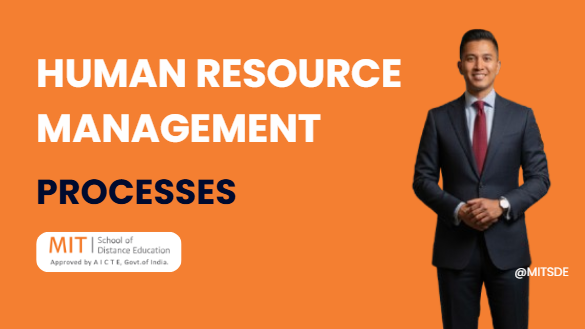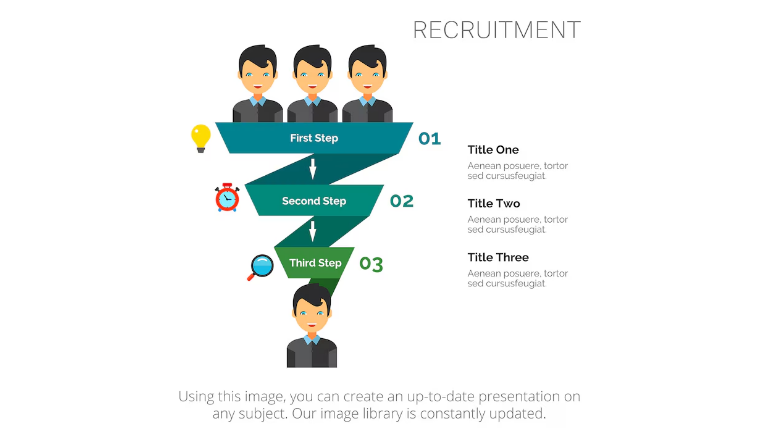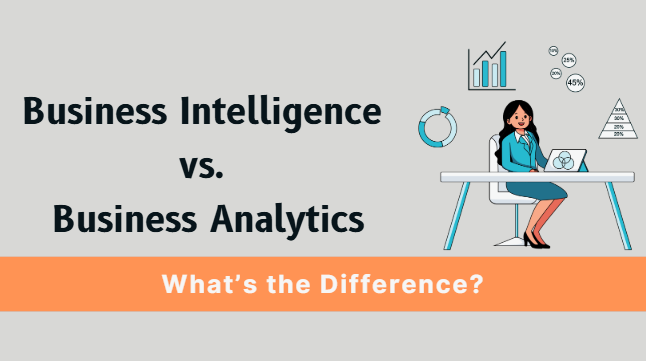
Employees are the biggest asset of every organisation as their productivity levels are directly proportional to the organisation’s success. However, the guiding principle in every organisation is that ‘general interest must prevail over the individual interest of the employees’. This is possible only through proper strategic planning and execution, which is carried out by the Human Resource (HR) department of the organisation. Thus, the HR department plays a key role in ensuring a successful run of an organisation.
They follow various processes in order to formulate stellar strategies.
The processes are stated below:
- Human resource planning (Recruitment, Selecting, Hiring, Training, and various other processes).
- Remuneration to employees and other benefits
- Performance management
- Employee relations
These core processes should go in a step by step manner starting from planning of Human Resource Management (HRM) to Employee relations. However, Performance Management System may vary from one organization to another.
Human Resource Management (HRM)

This is the most significant and primary process for formulating appropriate strategy for the organisation. This includes putting the right person in the right place according to his skills and achievements. It starts with the recruitment and goes until the proper training of the employee so that he becomes an asset for the company.
The general HRM processes are as follows:
1. Recruitment
It is a positive process of posting job openings and attracting prospective employees to apply for their desired job openings in an organisation so that the eligible candidate can be selected.
2. Selection
Selection is quite a necessary process in HRM. It involves eliminating the unsuitable candidates through the process of tests or interviews and identifying the suitable ones, which are the best fit for the positions.
3. Hiring
This entails to the process of officially offering the job to the ideal candidate and giving them the date of joining.
4. Training and development
The hired candidates are given training and their skills are brushed so that they become more efficient in their work and handle future challenges.
Performance management
There should be proper management of the work done and the future goals. Performance management refers to appraising the performance of the employees and enhancing it. For such a management, it is necessary to encourage the employees so as to raise their confidence levels. This can be done by providing them with fair rewards so that they work in their optimum productivity levels.
Remuneration to employees and benefits
Fair salary or remuneration plays a very important role in motivating an employee to accomplish organisational goals. If the employees get rewards for their best performance, they will get job satisfaction. The rewards not just includes salaries, but it also includes incentives and fringe benefits.
Employee Relations
There should be a sound relation between the employee and the organisation. There are various factors which motivate as well as demotivate the employees to stick with the organisation. These factors include working environment, laboor law and relations, compensation, etc. The employers must ensure all these factors to build employee relationships that in turn garner better employee retention.
Conclusion
So, these were the core processes of HRM. All the processes should be cohesive and in conformity with each other so that HR strategies can gain success. Here at MITSDE, we entail all our candidates with requisite skills so that they can follow as these processes effectively.



